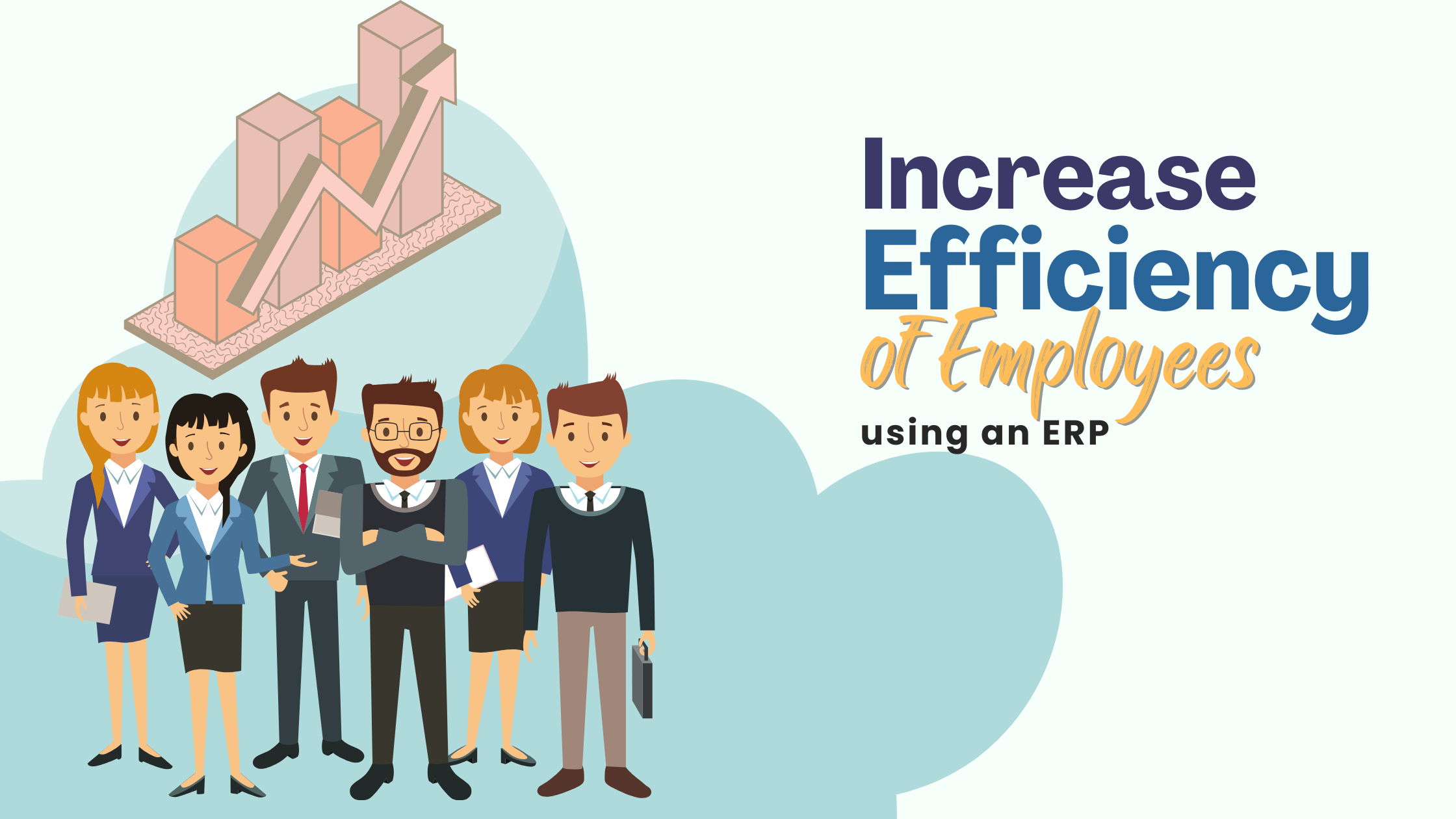Unlocking Staff Efficiency: A Holistic Approach to Business Management Solutions like ERP
In today's digital era, the goals of any organization revolve around enhancing productivity, efficiency, and profitability. Harnessing the power of software solutions such as ERP, CRM, or MRP has become indispensable for achieving these objectives at the highest level. Among these goals, improving the efficiency of employees stands out as a key driver of success within any company. Therefore, it's crucial for businesses to strategically plan and implement management software to significantly enhance employee efficiency.
Implementing an ERP, CRM, or MRP system requires careful consideration of various parameters and processes at a micro-level. Overhauling operations, analyzing workflows, and optimizing user experience are essential steps in this journey. Whether opting for off-the-shelf products or tailor-made solutions, there's always room for improvement to ensure that the software maximizes its potential for the company's benefit. Ultimately, the productivity of both manufacturing and service-based businesses hinges on how effectively employees carry out their daily operations with the support of digital tools.

Here are some key points to keep in mind while implementing a business management solution like ERP, CRM, or MRP to enhance employee efficiency:
- Digitalize processes: Identify processes and operations that can be digitalized within the organization. Seek assistance from IT or ERP consultants to customize software according to the company's specific needs. The goal is to generate as much digital data as possible to drive efficiency.
- Automate workflows: Differentiate between digitalization and automation. While digitalization involves storing data digitally, automation eliminates human intervention in task execution. Automate repetitive tasks and trigger-based actions to save time and maintain data accuracy.
- Optimize workflows: Design a new and efficient workflow for processes within the organization. Consult with professionals to ensure the digital structure aligns with the company's objectives and facilitates ease of use for all users.
- Address user challenges: Involve ground-level staff to understand their daily challenges and pain points. Collect feedback to identify common obstacles and tailor the software to address these challenges effectively.
- Streamline common activities: Identify and merge common activities across departments to reduce redundant efforts and enhance productivity. Streamlining tasks like communication and document generation can significantly improve operational efficiency.
- Automate data entry: Minimize errors by automating data entry processes and triggering data generation based on specific events. Ensure seamless data flow between modules to maintain accuracy and efficiency.
- Embrace process-driven project management: Cultivate a culture of using digital solutions for daily operations to improve data recording and facilitate timely corrective actions. Encourage staff to adapt to new digital environments to enhance productivity.
- Record user actions: Establish accountability within the system by recording user actions and automated processes. Analyze this data to identify bottlenecks, areas for improvement, and best practices to optimize operations.
- Transition away from paper-based approvals: Implement digital approval systems to streamline decision-making processes and eliminate delays caused by traditional paper-based approvals. Real-time approvals and data visibility enhance overall productivity.
- Prioritize user experience: Pay attention to user experience beyond just interface design. Focus on how data entry forms behave, message displays, and menu structures to ensure optimal usability and efficiency.
- Implement role-based access: Assign role-based access within the software to ensure employees only have access to relevant modules and menus based on their job roles. This minimizes errors and enhances information accessibility.
- Provide digital user training and support: Digitize training materials and support resources within the software to empower users with on-demand access to knowledge. This accelerates the learning curve and increases operational efficiency.
The implementation of ERP and MRP systems offers a multitude of benefits for businesses seeking to enhance productivity and efficiency. By carefully considering the points outlined above and customizing software solutions to meet specific business needs, companies can unlock their full potential and achieve sustainable growth in today's dynamic market landscape.
